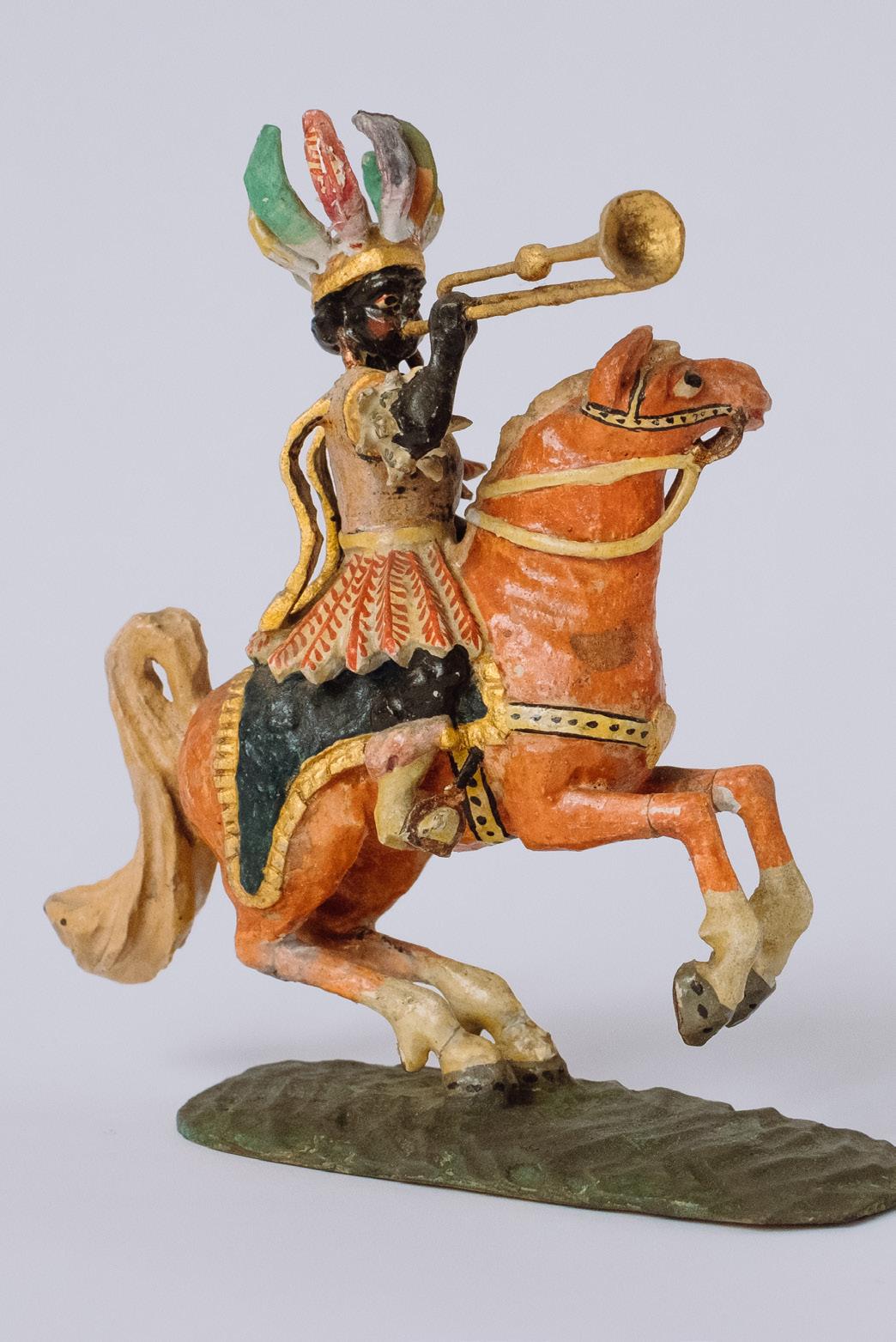
3 minute read
C is for Cork Tips from sommelier Alexandra Erlacher
C is for Cork
Tasting, drinking, and talking shop: how to do it properly.
Advertisement
Alexandra Erlacher, a sommelier at the Eisacktaler Kellerei winery, shares some expert tips
I love wine but I know nothing about it. What are the first steps towards understanding it? The key thing is not to be afraid of wine! Or of all the technical terms. Just try it! Drink good wine and wine that is not so good. You’ll only be able to recognise differences and subtleties if you taste lots of different types.
What books or films about wine would you recommend? The World Atlas of Wine by Hugh Johnson and Jancis Robinson is easy to understand and very informative. I’m always dipping into it. I also love watching and rewatching the film A Good Year – because of the wine and, of course, Russell Crowe. He plays an unscrupulous stockbroker who inherits a château and vineyard, transforms himself into a winegrower and meets the love of his life.
C
The sommelier gives me a drop of wine and looks at me expectantly. What should I do? How can I make sure I don’t make a fool of myself ? And how on earth am I meant to tell if it’s been corked? Remain calm! Swirl the wine around a bit. To make sure you don’t spill any, the best way to do this is to put the glass on the table and rotate it gently. Smell it and take a sip. If you like how it tastes, give your waiter a friendly nod. An actual cork taint is more difficult to detect. Before shouting out “It’s corked!” make sure that you look at the bottle’s seal to check that it doesn’t have a screw cap or a glass closure...
Are wines bottled without a cork of lower quality? No. These days, some fine wines from around the world are bottled using alternative types of closure, such as a screw cap – and this includes top-quality wines from the very best vineyards. Alexandra Erlacher
Born in 1978, she grew up in Brixen/Bressanone and completed her sommelier training at the South Tyrolean Sommelier Association in 2014. She has been working as a brand ambassador for the Eisacktaler Kellerei winery for around 18 months.
I don’t have a cellar and don’t want to buy an expensive wine refrigerator. What is the best way for me to store wine? You don’t have to store wine yourself. The most important thing is to find a good wine specialist you can trust who can keep you supplied with your favourite tipples. If you nevertheless have a few good bottles of wine at home, make sure that you keep them at a constant and cool temperature. Wine bottles sealed with a cork should be stored on their side to prevent the cork from drying out.
Three Tastings
The renowned American wine critics from Robert Parker’s The Wine Advocate recommend these three wines from the Eisacktal valley, having awarded them with a very high number of points.

1 1 AS AN APERITIF A true classic from the Eisacktal valley. The Kerner variety combines fruity, spicy notes with a gentle, pleasant acidity. It’s no wonder that it’s so popular with the locals. Best enjoyed chilled, it makes an excellent aperitif – especially when paired with some nibbles, some speck and cheese or even antipasti and cold appetisers.
Eisacktal valley Kerner – Köfererhof winery 91 out of 100 points
2 FOR ENTERTAINING FRIENDS A balanced and light dry white wine that goes well with simple veal dishes. Wine connoisseurs particularly appreciate its long shelf life, as it keeps very well and can be brought out when you have guests.
Eisacktal valley Sylvaner 2017 – Kuenhof winery 91 out of 100 points TWO 2019 COR
3 FOR SURPRISING COMBINATIONS The fresh, peppery Grüner Veltliner pairs excellently with fish dishes like trout or regional South Tyrolean classics, such as calf’s head or stuffed pasta. Its aromatic notes also marry surprisingly well with Asian cuisine, including curry and rice or dumplings with sweet and sour sauce.
Eisacktal valley Grüner Veltliner 2018 – Eisacktaler Kellerei winery 90 out of 100 points
2












